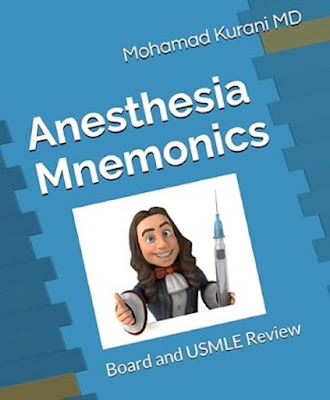Precedex (dexmedetomidine) Mnemonic
SHARAB
Sedation
Hypotension
Analgesia/Anxiolysis
Respiratory depression
Alpha-2 agonist
Bradycardia
Here are some key points about Precedex (Dexmedetomidine) that might be useful for your board exam review:
Indications:
- Sedation of initially intubated and mechanically ventilated patients during treatment in an intensive care setting (should not be used for more than 24 hours).
- Sedation of non-intubated patients before and/or during surgical and other procedures.
Mechanism of Action: Acts as a relatively selective alpha-2 adrenergic agonist with sedative properties.
Dose Range: 0.2-0.7 mcg/kg/hr continuous IV infusion, titrated to achieve the desired level of sedation. Typically prepared as 400 mcg/100 ml in normal saline.
Metabolism: Mostly metabolized by the liver, with some metabolism by the P450 enzyme system.
Half-life: Approximately 2 hours.
Side Effects:
- Cardiovascular: Bradycardia, sinus arrest, hypotension, transient hypertension.
- Respiratory: Does not cause respiratory depression.
- Other: Potentiates the effects of morphine.
Nursing Considerations:
Monitor for bradycardia and hypotension.
Useful in transitioning patients from Propofol during the extubation process.
For more anesthesiology mnemonics check this mnemonic book.
This post covers the points you need to know for your board exams as well as for teaching residents on the daily rounds. Medical professionals can't use the information here to treat their patients nor people can use the information her to treat themselves. If you are having any medical issues, contact your local emergency services or your primary care provider. Please refer to your doctor for medical advice.
